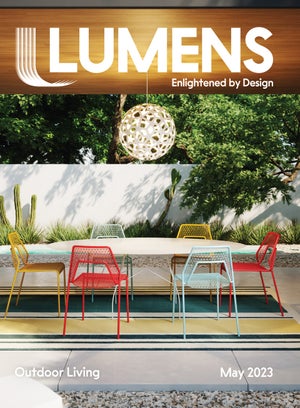
Humans have always relied on nature and interactions with nature to shape our lives. Biophilic design makes the case that these interactions shaped our lives for the better—reducing stress, cleaning the air, creating social engagements, et cetera—and taps into these roots by ensuring aspects of nature are part of our daily lives through interior design.
History of Biophilic Design
Synonymous with the history of human civilization, biophilic design has been a defining design concept from the start. The Hanging Gardens of Babylon were said to have walls with raised tiers with soil deep enough to grow trees, while Viking dwellings and houses in the Middle Ages usually had roofs made of sod.
The start of modern biophilic design can be more closely identified. Stanley Hart White, a University of Illinois Professor of Landscape Architecture, patented the first “green wall” in 1938, while Patrick Blanc, a French botanist, was the first to successfully grow an indoor plant wall in 1986.
The Biophilia Hypothesis

Image courtesy of Jim Harrison, PLoS, under the CC by 2.5 license.
Around the same time as Patrick Blanc, Edward O. Wilson, a biologist and writer, introduced the Biophilia Hypothesis in his 1984 book, Biophilia. The biophilia hypothesis suggests that humans have an innate desire to connect with nature and other living things. Although forming the hypothesis, the concept of biophilia (literally meaning “love of life”) has been around long before Wilson. In his Nicomachean Ethics, Aristotle explores the idea of friendships and relationships being mutually beneficial. Erich Fromm, a German social psychologist, later used the term biophilia to describe an attraction to all things alive and vital in his 1964 book, The Heart of Man.
Modern Biophilic Design
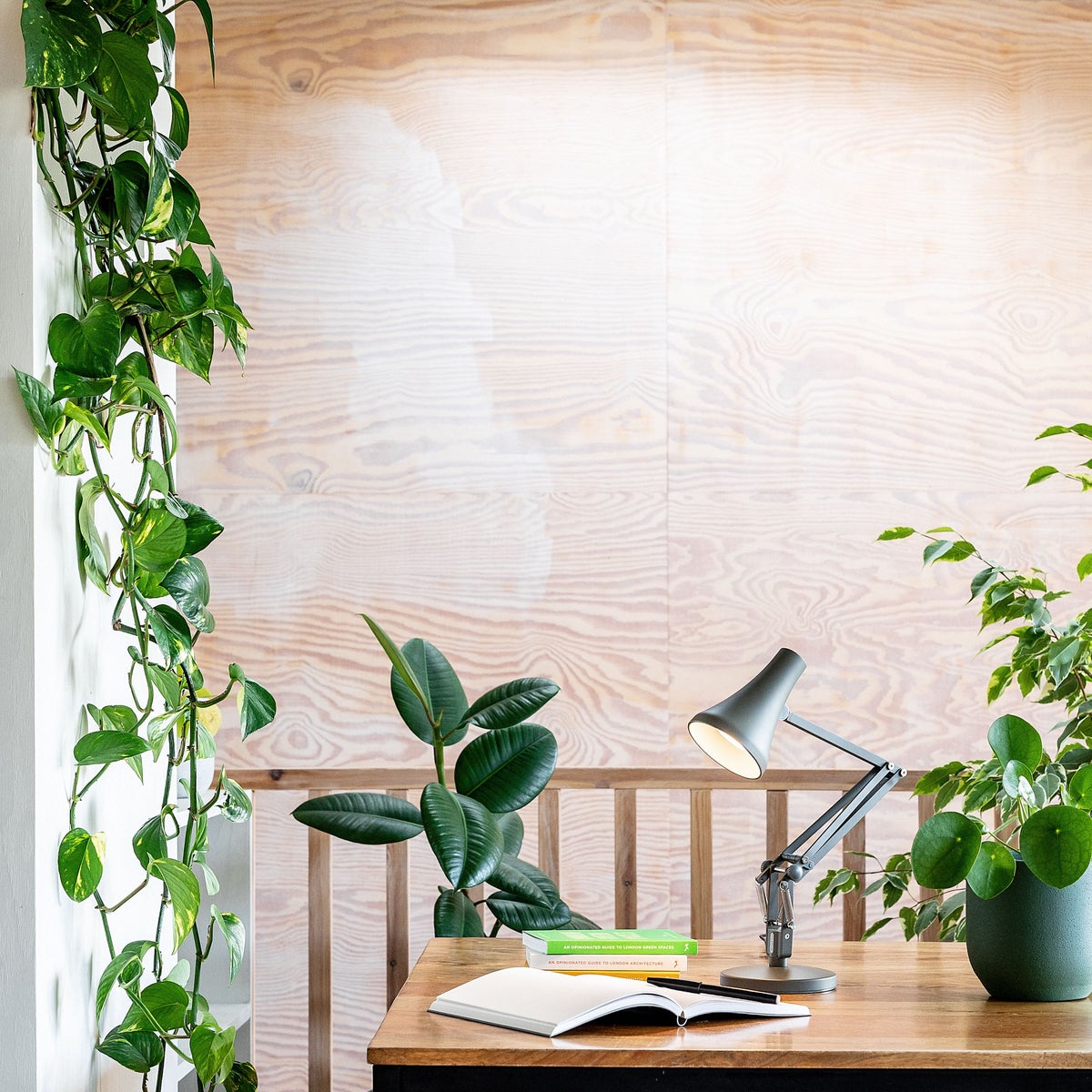
Considered one of the pioneers of biophilic design, Stephen R. Kellert was a professor of social ecology at Yale University School of Forestry and Environmental Studies. Publishing numerous books during his lifetime, Kellert created the concept of modern biophilic design with a framework where nature in our built environment satisfies and enriches our human needs in a multisensory fashion. Different from green architecture which simply seeks to be environmentally friendly with materials, biophilic design specifically seeks to address human connection with the natural world.
“We will never be truly healthy, satisfied, or fulfilled if we live apart and alienated from the environment from which we evolved.”
Stephen R. Kellert, Birthright: People and Nature in the Modern World, 2012
Kellert’s framework of successful biophilic design is defined by eight aspects that, if implemented correctly, bring benefits to humans living and interacting in the environment.
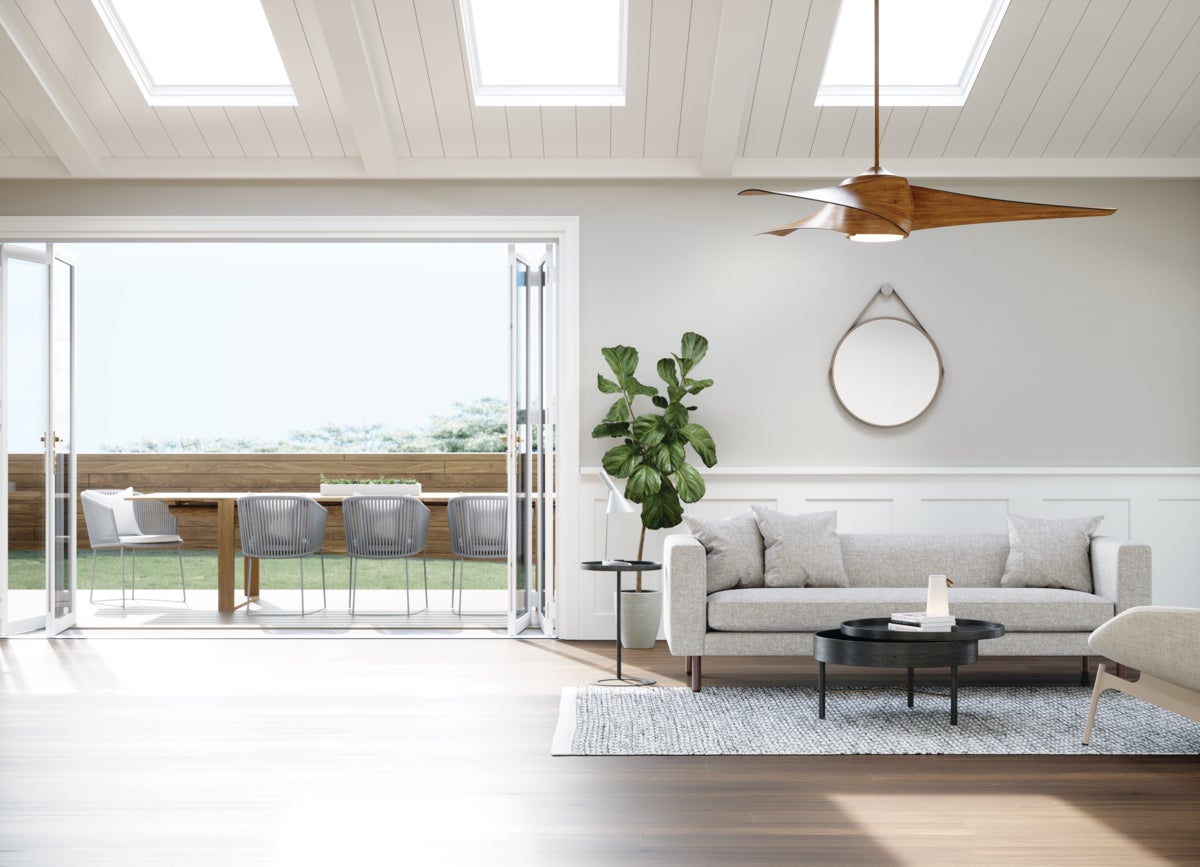
- Light: Allowing for the orientation of the time of day and season, light is attributed to greater comfort through wayfinding, the ability to navigate our environment. Examples include skylights, atriums and reflective materials.
- Air: Human comfort requires the ability to feel temperature, humidity and airflow. This can be achieved through the use of windows, although variation is more key to create a sense of a natural, shifting environment.
- Water: A multisensory aspect, water provides touch, sight, sounds and movement. Incorporated through fountains, pools, wetlands and aquariums, people have a strong connection to water, making this one of the most important pieces of successful biophilic design. After all, 40% of humans live 60 miles from the coast, and 70% within 3 miles of a water feature such as river or lake (Kummu, et al.).
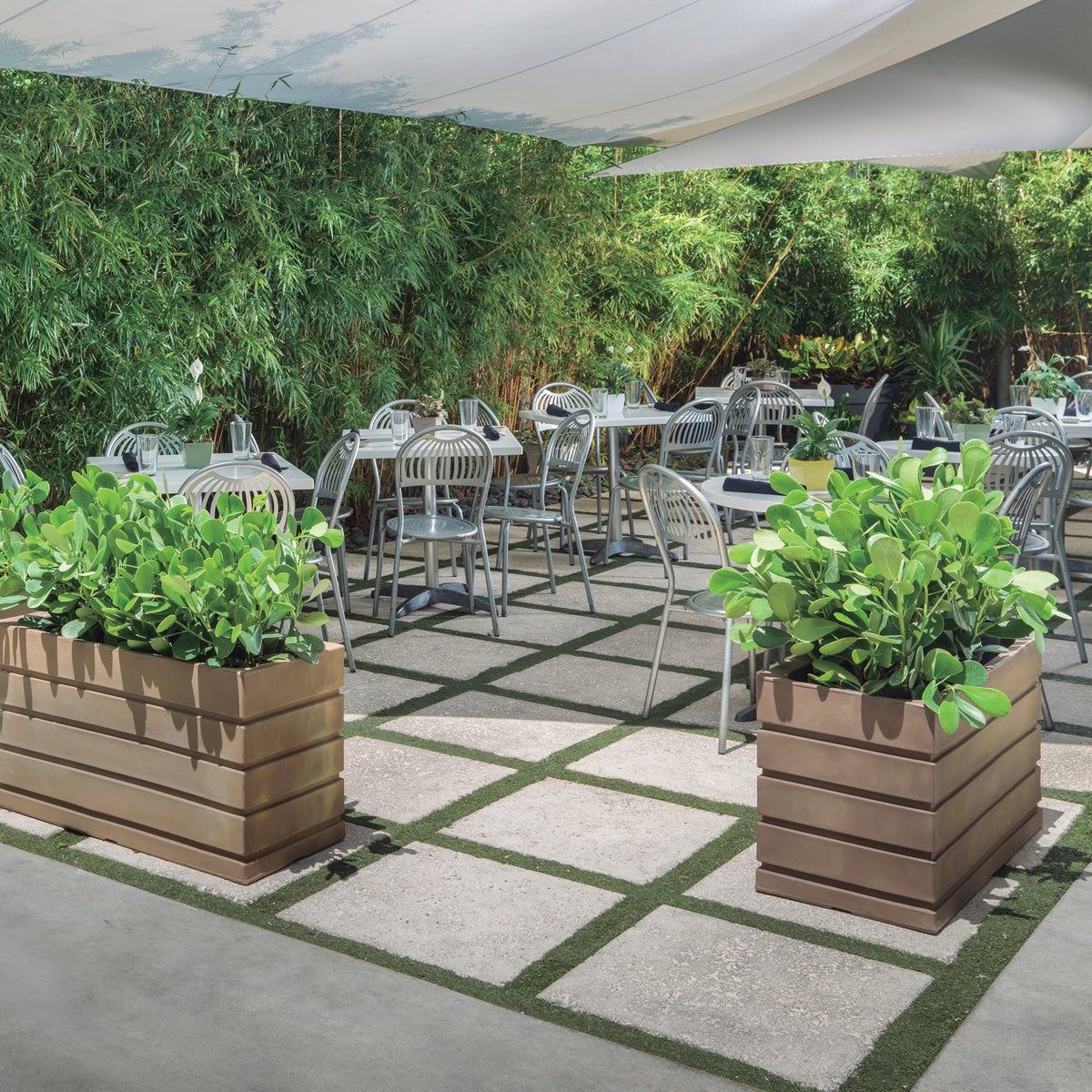
- Plants: The first thing most people think of when picturing nature, plants indoors and near the exteriors of buildings provide a direct relationship to nature. Plants must be abundantly present to mimic nature. The use of green walls and many potted plants, particularly with plants that flower, can reduce stress and improve physical health and performance (Kellert 2015). Conversely, a few potted plants or pictures of plants are not considered biophilic design because they do not bring a reinforced and interconnected sense of wholeness with nature.
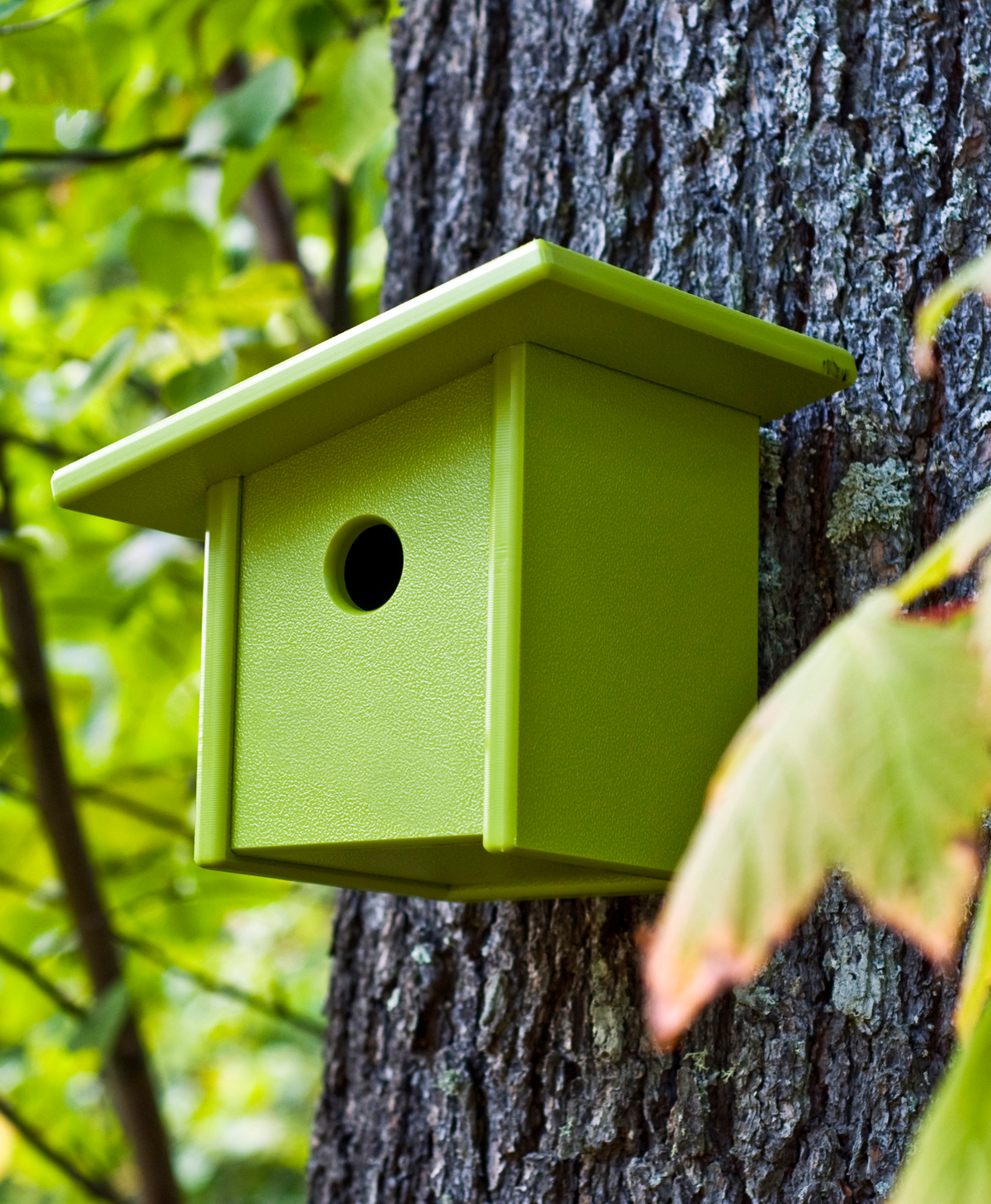
- Animals: A difficult aspect to achieve, animals can be brought closer to where we live through man-made environments such as aquariums and natural environments like gardens, animal feeders and green roofs. Interaction with animals promotes mental stimulation and pleasure (Heerwagen, et al. 2008).
- Weather: Observation of weather is important but simulated through the manipulation of air is even better. Kellert states that weather awareness promoted mental stimulation as it signified survival and human fitness in ancient times.
- Natural landscapes: Similar to the nature aspect, natural landscapes differentiate from man-made nature like plant walls by presenting plants in a natural form, such as a savannah which provides humans with a feeling of openness and abundance of life and gardens that can be walked through and directly interacted with, providing the chance to witness animal life.
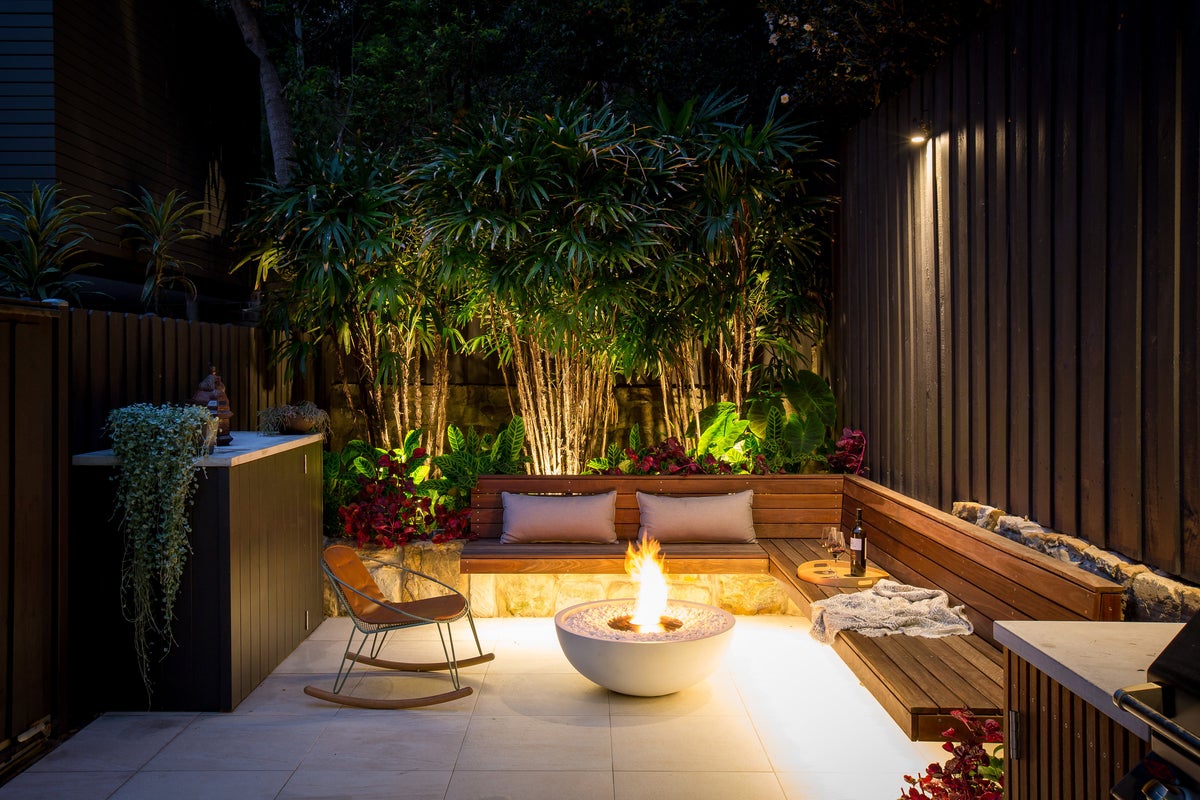
- Fire: A difficult part to incorporate, humans have been around fire as long as civilization has been established. However it is done, fire provides necessary color, warmth and movement—all proven to be appealing and pleasing to people.
In addition to these eight criteria, indirect experiences of nature have also been shown to exhibit lesser, but similar benefits. Indirect experiences typically include images of nature, the use of natural materials such as wood and stone (or any material that patinas over time), earth-tone colors, simulations of natural light and air, elements that mimic plant and animal life and objects evoking similar natural geometries, such as fractals.
Case Study: SmogShoppe
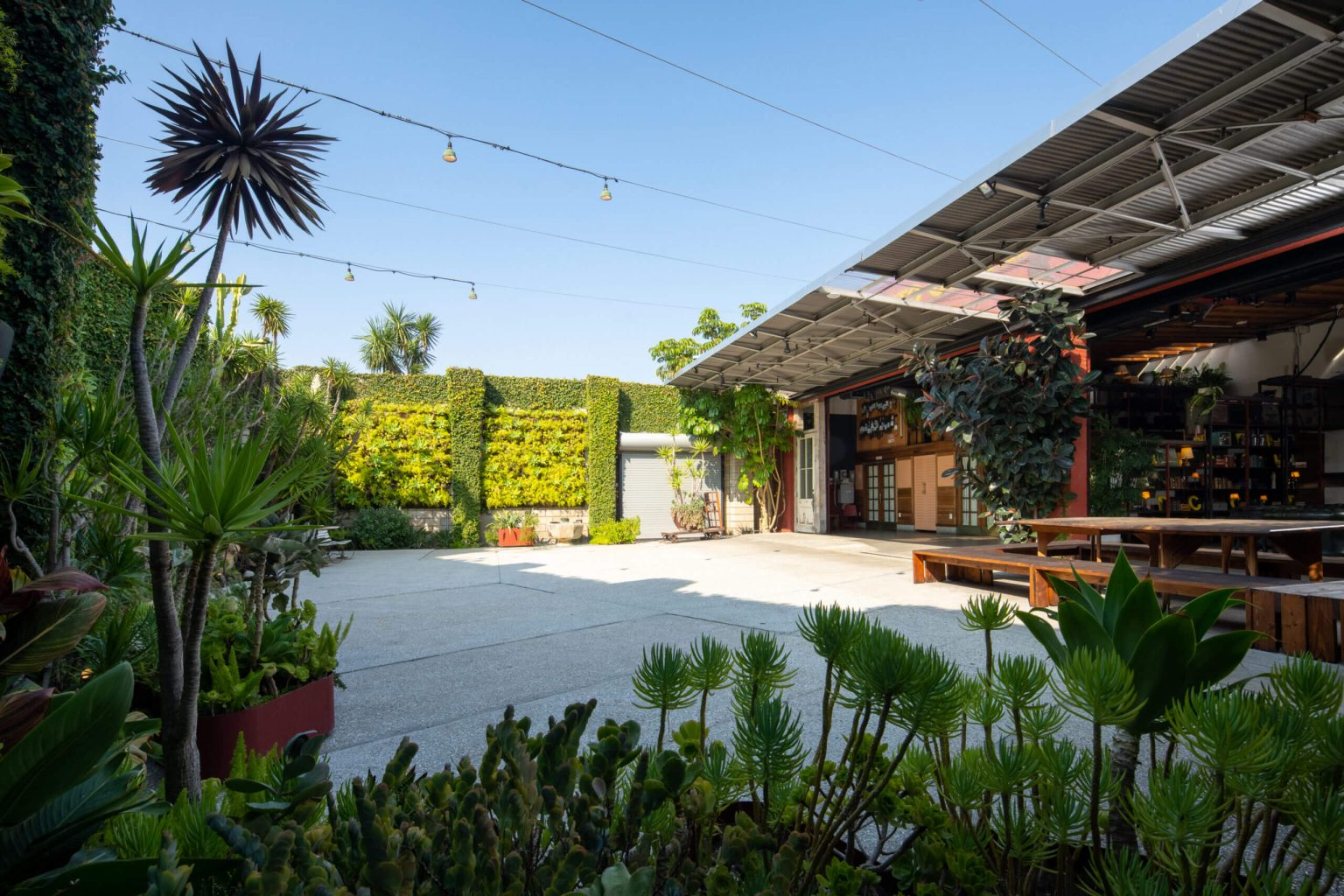
SmogShoppe in Los Angeles was once a smog-check center in the 1980s and converted to an event and music venue. Biophilic design is present throughout with over 2,000 square feet of greenery, drought-tolerant vertical gardens, glass roll-up doors and skylights. Additionally, the entire space is powered by solar panels which generate more than 100% of the energy used. It exceeds nearly every requirement in every category for the US Green Building Council’s Leadership in Energy & Environmental Design (LEED) Platinum Certification.
A fledgling field, biophilic design is a recent development growing in popularity. Cities such as Oslo, Norway, and Singapore have adopted biophilic principles with tree-lined streets, protected forests, vegetable walls and sky parks on building roofs.
Not just for reducing stress, introducing the eight aspects of biophilic design into the home can enhance the décor as well. A fireplace brings a cozy feel with warm lighting acting as a worthy substitute. The ambient noise of falling water from a fountain can be a subtle, calming background sound during a social gathering or while reading. Plant and animal life can create an inviting and relaxing atmosphere for guests. The vibrant colors of plants can also perfectly accent a room when furniture and fixtures are more neutral or earthy in tone.
With innumerable benefits, biophilic design is a small, yet expanding concept. Seen in churches, hospitals and schools, and expanding to entire cities, humans are reconnecting with nature in deeper and more satisfying ways.
Sources:
Kummu, M., Ward, P. J., & Varis, O. (2011). How Close Do We Live to Water? A Global Analysis of Population Distance to Freshwater Bodies. PLOS ONE, 6(6), e20578. https://doi.org/10.1371/journal.pone.0020578
Kellert, S., Calabrese, E. (2015). The Practice of Biophilic Design.
Heerwagen, J., Keller, S., & Mador, M. (2008). Biophilic Design: the Theory, Science, and Practice of Bringing Buildings to Life.










